 W
WAvalerion or alerion is a term for a heraldic bird. Historically, it referred to the regular heraldic eagle. Later heralds used the term alerion to refer to "baby eagles" or "eaglets". To differentiate them from mature Eagles, Alerions were shown as an Eagle Displayed Inverted without a beak or claws (disarmed). To difference it from a decapitate (headless) eagle, the Alerion has a bulb-shaped head with an eye staring towards the Dexter of the field. This was later simplified in modern heraldry as an abstract winged oval.
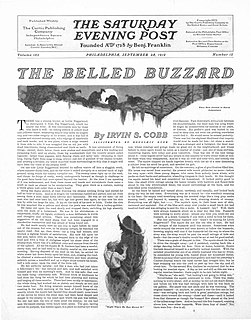 W
WThe belled buzzard is a fearsome critter in American folklore frequently cited as an omen of disaster by the sounding of its bell. The animal is otherwise depicted as an ordinary buzzard except with a bell affixed to it. The belled buzzard originated from actual accounts of turkey vultures being fastened with cow or sleigh bells. The belief that the belled buzzard was one continuous entity, and not multiple birds, was common, and the creature rose to prominence in the 1880s on through the turn of the twentieth century. Belled buzzard stories circulated principally throughout the southern United States, and it is the origin of the colloquialism "not enough sense to bell a buzzard."
 W
WThe Battle of the Allia was a battle fought c. 390 BC between the Senones and the Roman Republic. The battle was fought at the confluence of the Tiber and Allia rivers, 11 Roman miles north of Rome. The Romans were routed and Rome was subsequently sacked by the Senones. The date of the battle is commonly given as 390 BC, based on an account of the battle by the Roman historian Livy. The Greek historian Polybius used a Greek dating system and derived the date as 387 or 386 BC. Plutarch noted that the battle took place "just after the summer solstice when the moon was near the full [...] a little more than three hundred and sixty years from the founding [of Rome]," or shortly after 393 BC. Tacitus listed the date as 18 July.
 W
WIn heraldry and vexillology, the double-headed eagle is a charge associated with the concept of Empire. Most modern uses of the symbol are directly or indirectly associated with its use by the Eastern Roman/Byzantine Empire, whose use of it represented the Empire's dominion over the Near East and the West. The symbol is much older, and its original meaning is debated among scholars. The eagle has long been a symbol of power and dominion.
 W
WThe Gallic rooster is an unofficial national symbol of France as a nation, as opposed to Marianne representing France as a state, and its values: the Republic. The rooster is also the symbol of the Wallonia region and the French Community of Belgium.
 W
WMankind has been fascinated by the golden eagle as early as the beginning of recorded history. Most early-recorded cultures regarded the golden eagle with reverence. Only after the Industrial Revolution, when sport-hunting became widespread and commercial stock farming became internationally common, did humans started to widely regard golden eagles as a threat to their livelihoods. This period also brought about the firearm and industrialized poisons, which made it easy for humans to kill the evasive and powerful birds. The following are various reportages of the significance of eagles, many likely pertaining to the golden eagles, in early cultures and older religions as well as national and military insignias.
 W
WThe Goofus bird is a mythical, backwards-flying bird, originating in lumberjack folklore in North America. It is also known variously as the Filla-ma-loo bird or the Flu-fly bird.
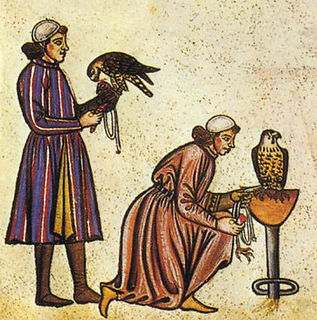 W
WHuman uses of birds have, for thousands of years, included both economic uses such as food, and symbolic uses such as art, music, and religion.
 W
W"One for Sorrow" is a traditional children's nursery rhyme about magpies. According to an old superstition, the number of magpies seen tells if one will have bad or good luck.
 W
WOrnithomancy is the practice of reading omens from the actions of birds followed in many ancient cultures including the Greeks, and is equivalent to the augury employed by the ancient Romans.
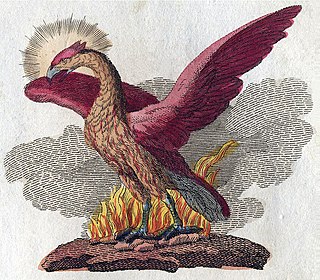 W
WIn Ancient Greek folklore, a phoenix is a long-lived bird that cyclically regenerates or is otherwise born again. Associated with the sun, a phoenix obtains new life by arising from the ashes of its predecessor. Some legends say it dies in a show of flames and combustion, others that it simply dies and decomposes before being born again.
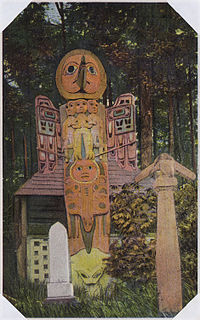 W
WRaven Tales are the traditional human and animal creation stories of the indigenous peoples of the Pacific Northwest Coast. They are also found among Athabaskan-speaking peoples and others. Raven stories exist in nearly all of the First Nations throughout the region but are most prominent in the tales of the Tlingit and Tahltan people.
 W
WThe Rooster is the tenth of the 12-year cycle of animals which appear in the Chinese zodiac related to the Chinese calendar. The Year of the Rooster is represented by the Earthly Branch symbol 酉.
 W
WThe Rooster of Barcelos is one of the most common symbols of Portugal.
 W
WThe three-headed eagle is a mythological or heraldic bird, as it were an augmented version of the double-headed eagle.
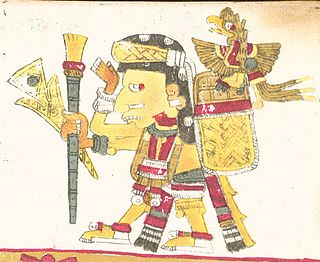 W
WZacatzontli, in Aztec mythology, is the god of day road, he has an eagle as sun's symbol guide. He holds in his left hand a staff and his right hand supports an backpack full of quetzals. He can be a protector of merchants, thus equating him with the Mayan god Ek Chuáj. He also helps travellers making him like Jokõjin and Jizu in Japanese mythology. One of the odd things about Zacatzontli is that he doesn't have a headdress, only a feather. His name could mean Lord of the Road or His Road The Lord, although the former seems more likely.